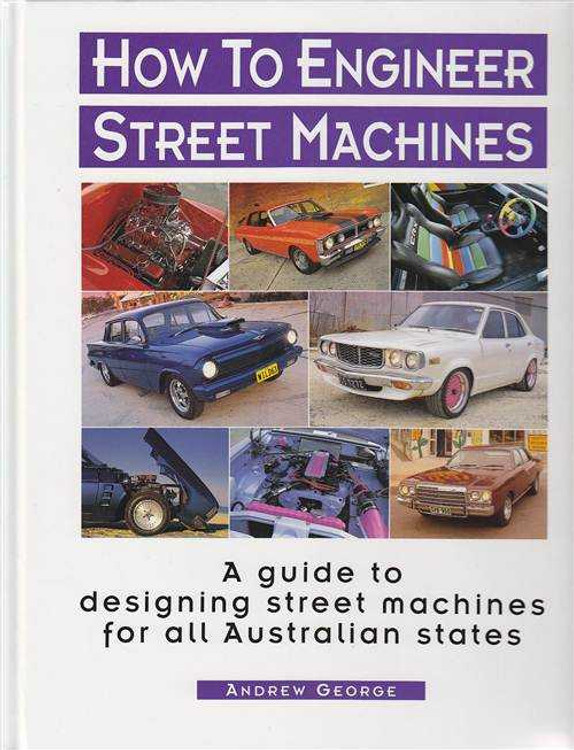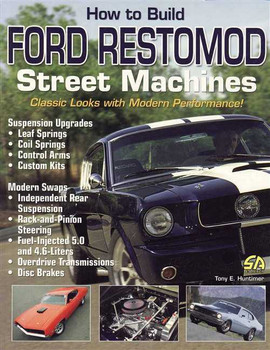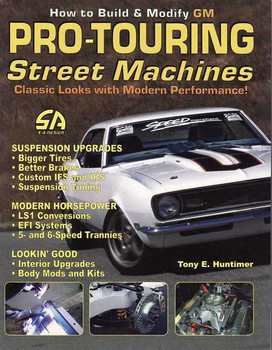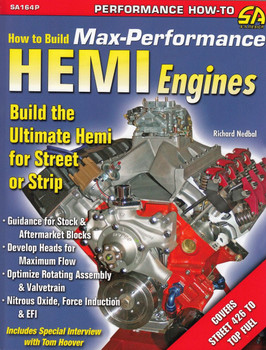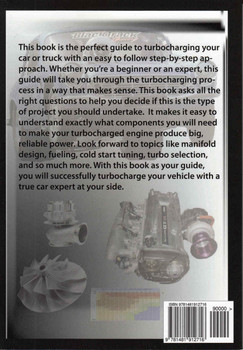Description
By: Andrew George .
A guide to designing street machines for all Australian states.
Introduction by the Author
Complying with registration requirements is becoming an important part of the street machine scene. In recent times it has become increasingly important to understand state registration policy before you start a project. And I don't mean that you should learn just rules and regulations; there's more to it than that. Many street machiners want to take control of their projects and therefore need to understand what state registration authorities are trying to achieve by setting engineering standards.
It will always be difficult to design legal modifications before you know the system, and there are big risks for people who try to build street machines outside the system. We all have to realise that registration restrictions for modified vehicles are not going to go away. This requires that we learn to design vehicles to take advantage of what registration standards do allow.
So what do state registration authorities want? The answer to this is fairly straightforward, but requires a basic understanding of automotive engineering to apply it to building street machines. The aim of every restriction, regulation, code of practice or guideline is to make sure the vehicle is properly engineered. This means that the steering won't break driving over railway level crossings, the front tyres won't suddenly wash out turning into a corner, or a wheel won't fly off because the axle was machined incorrectly.
State registration authorities don't make up the need for rules and regulations. They only introduce them to stop accidents which could be caused from poorly engineered modifications. There are a few basic steps to learn before starting any street machine project. You have to understand how to plan the project, design each modification with the view to improving the whole vehicle, and ensure that only high quality parts and workmanship will be used. And it doesn't end there. After the vehicle has been modified, you have to prove the whole thing is safe and complies with state registration requirements. One problem is that some people don't realise what effect their modifications will have. Obviously, you wouldn't drive the car if you knew a part or design was dangerous. This is where state registration authority guidelines are important.
For example, have you ever wondered why the letters SAE J1401 are printed on brakehoses? The SAE J1401 refers to a performance test. The markings on the hose exterior certify that the design complies with the SAE performance standard. These internationally accepted tests have been designed to assess the hose's bursting pressure, resistance to end fitting corrosion, tensile strength, and several other mechanical properties. Brakehoses that can comply with this test procedure should be considered to have less chance of failing than a hose that cannot pass the test. However, some hoses find their way onto cars without being tested. Who knows when these hoses will fail?
But would you know how to choose a quality brakehose if your state registration authority (through compliance with ADR 7) didn't make you use SAE J1401 complying hoses?
This is only one example of many factors that affect the safety and reliability of a motor car. You have to realise that every modification has the potential to affect a wide variety of other systems on the car. In most cases, a team of engineers, scientists and tradesmen worked for many years to develop the original design. Making successful changes to an established design will never be simple, but a procedure exists that will let you follow a logical path to proving the quality of your modifications, and take the pain out of designing and building a street machine to be legally registered.
The objective of this book is to describe how this can be achieved. Topics such as planning the project, designing modifications and proving the car complies have all been covered. Don't expect a description of rules and regulations. Then again, it's no coincidence that state registration requirements have a high profile in the explanations — they need to be considered at every stage, because a street machine has to be registered before you can drive it.
